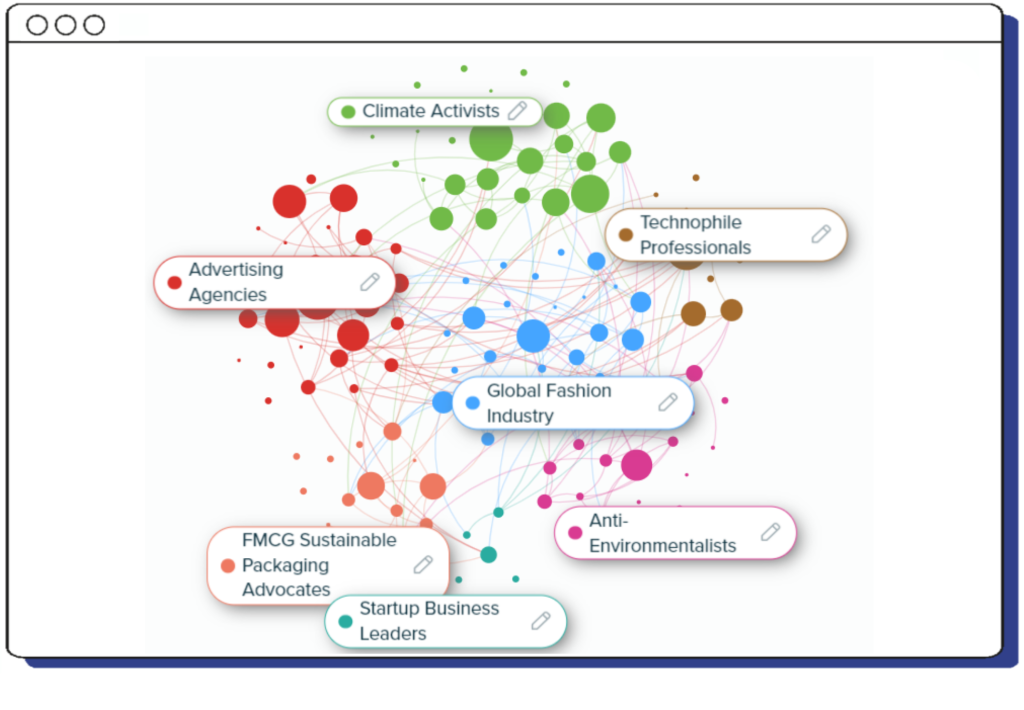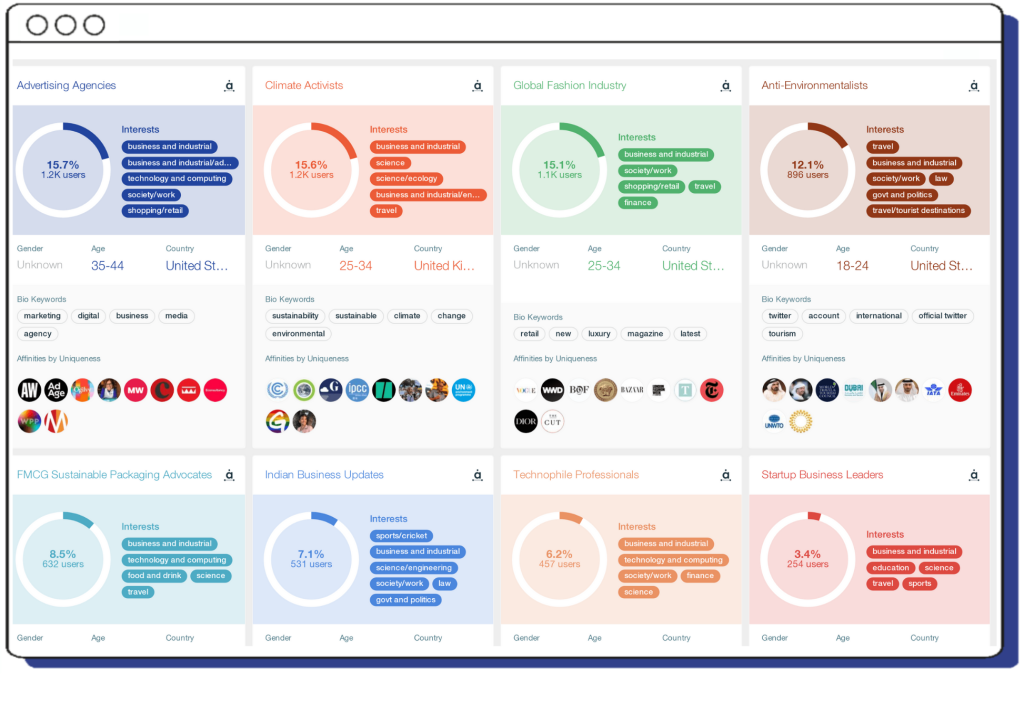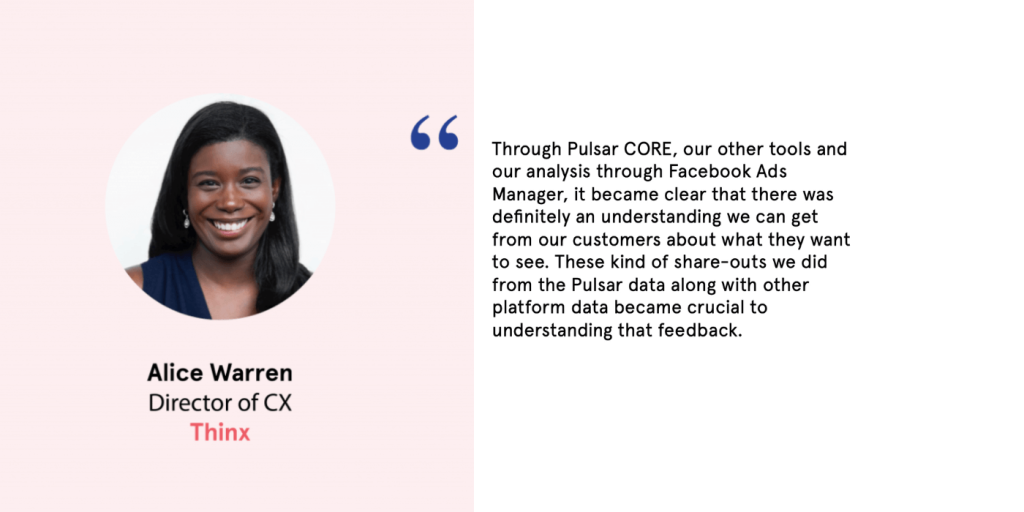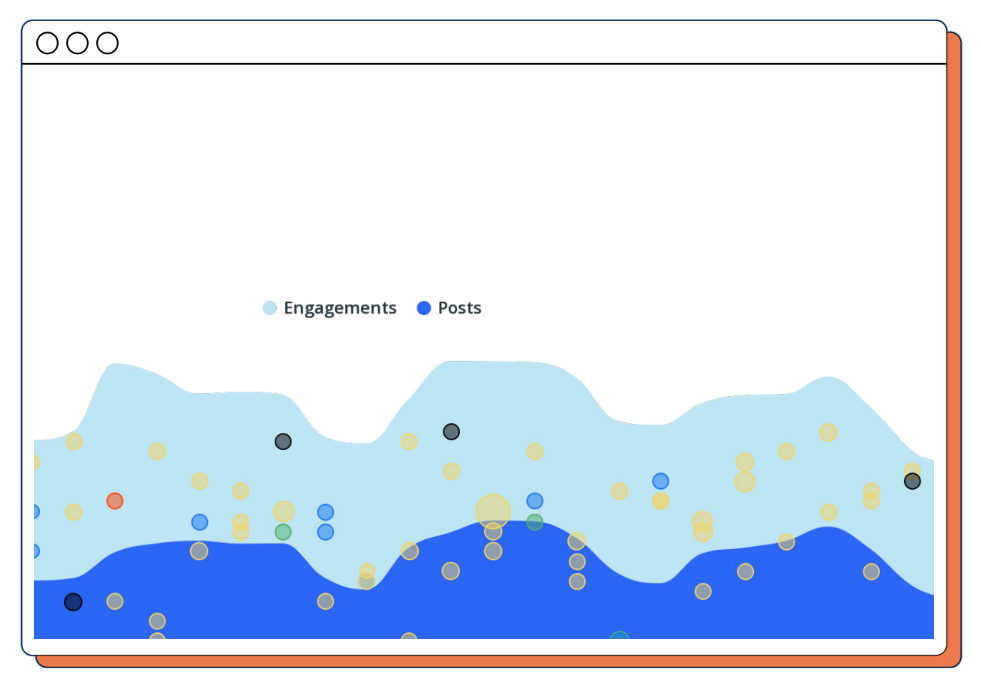
The complete guide to segmentation, targeting and positioning (STP marketing)
- Business Services
In business, attempting to cater to everyone often backfires, resulting in a brand that resonates with no one. While, on the surface, casting a wide net could look like a winning strategy to capture more customers - it'll likely do the opposite. By not outlining a clear target market, you run the risk of diluting your brand and stretching resources thin.
Because of this, understanding your audience is vital. That's where segmentation, targeting, and positioning (STP) come into play. This model helps marketers pinpoint precisely who their audience is and how best to reach them in a way that will resonate.
This guide will cover the STP marketing model in detail and explore how these elements work in tandem to enhance marketing results.
Table of Contents
What is segmentation, targeting and positioning (STP marketing)?
Segmentation, targeting and positioning, often referred to as STP marketing is a strategy that makes your marketing communications more defined, relevant, focused and personalized to more effectively appeal to your target market.
In simple terms, STP marketing is a strategic approach that enhances the impact of your marketing efforts by honing in on specific consumer groups.
For more clarity on this, let’s break down each term:
- Segmentation: Dividing a market into distinct grouping based on shared affinities, characteristics and/ or needs.
- Targeting: Once segmented, decide which of these groups align most closely with your product or service, focusing your efforts where they'll have the most effect.
- Positioning: This is the art of crafting and presenting your brand's message in a way that stands out from the crowd, ensuring your chosen segments perceive your product or service in the intended light.
STP process in marketing
Why is the STP model a go-to in marketing? It's because it offers a structured approach to sift through a plethora of audience data, pinpointing exactly how your offerings connect with specific audience subsets. From there, you can craft a positioning strategy tailored to appeal to each chosen segment.
You might visualize the process as segmentation + targeting = positioning. By first segmenting your audience and then choosing the optimal segments to target, you set the stage for effective positioning.
Now, let's dive deeper into each component of the segmentation, targeting, and positioning model.

-
Segmentation
The first step to all successful marketing is knowing your target audience. While you might have a rough understanding of your audience and the general groups attracted to your business based on your products or services, going granular is essential.
Nine times out of 10, marketing your products or services to a broad audience using a generic message will fail to capture the attention of potential customers. But what is the alternative? Audience segmentation.
Segmenting your audience based on specific defining attributes or demographic data will reveal shared affinities, behaviors and characteristics, leading you to more focused and relevant target marketing. Once you have segmented your audience into smaller groups, it will become easier to identify who will benefit the most from your product or service and those most likely to convert.
Typical audience segmentation criteria typically consist of the following categories:
- Demographic segmentation: Details like age, gender, education, occupation, income and marital status. Find out how to go beyond traditional demographic data for more nuanced insights with our article on audience demographics analysis.
- Geographic segmentation: Understanding based on location, encompassing regions, urban or rural settings, and climatic differences.
- Behavioral segmentation: Revealing shopping habits, brand loyalty, and channel preferences. Learn more with our guide on mastering behavioral segmentation in marketing.
- Psychographic segmentation: Factors like priorities, personality traits, interests and core beliefs.
For a more in-depth exploration of the segmentation types, check out our article “What is market segmentation? A detailed look at segmenting your customer base”.
Segmentation example
Let’s consider sportswear as an example. Suppose your product is a line of activewear and your general audience is people interested in fitness and maintaining an active lifestyle. But given the vastness of people, this is relevant for, you need to split your audience into smaller groups to understand how to position your product in a way that will resonate with different factions of your general audience. You can begin by segmenting your audience into two categories:
- Segment A: People who maintain an active lifestyle and buy sportswear as a fashion statement, representing a young and trendy demographic.
- Segment B: Serious athletes and gym-goers who prioritize functionality and durability in their sportswear.
Positioning your product to these two segments is going to be different. For Segment A, highlighting the balance between trendiness and practicality might be the key. For Segment B, emphasizing functionality and material durability would be more relevant.
With tools like Pulsar TRAC, you can instantly segment your audience, gaining real-time, nuanced insights that help you make informed decisions based on their behavior, preferences, and interests.

-
Targeting
Once you have your segments, evaluate the potential to see which segments are worth pursuing. Take into account the following factors:
- Profitability: Can they afford your products? Have they shown a willingness to spend money?
- Growth rate: Is the segment size charting an upward trajectory? Can you ride the wave?
- Opportunity: How well are these consumers currently being served? Is there an untapped market or opportunity for innovation?
- Access: How easily can you reach these people? Will acquisition costs be too high?
Choose which segments you want to focus on – i.e. your target market – based on the evaluation conducted in the previous step. It’s vital at this stage to also consider the company’s resources, capabilities and overall aims.
Targeting example
Let’s return to our sportswear example to paint a clearer picture. To decide whether to target Segment A or Segment B, consider the following:
- Market size: Is one segment significantly larger than the other?
- Profit potential: Which segment is willing to pay more or buys sportswear more frequently?
- Brand alignment: Does one segment align more with your brand's values and messaging?
If you find that Segment A offers a larger market size and makes frequent purchases, while Segment B is smaller but willing to pay more for quality - this will undoubtedly impact who you choose to target depending on your brand’s goals.
Once you choose who to target, now is the time to delve further into the details. You’ll already have a basic segment profile, but take this further by honing in on your target market, fleshing out their likes, dislikes and pain points with data and industry research. Ensure you understand their needs and what engages them so you can nail the next stage.
-
Positioning
Now is the time to uncover what makes you different from your competitors. It’s highly likely that other businesses will offer products or services similar to your own. So, if you don’t know already, it’s vital that you figure out what sets yours apart. This could be a lower price point, superior customer service or even brand affinity, amongst other things.
Combine your previous research and acquired knowledge of your target market into a marketing strategy. Now that you have a nuanced understanding of your segment’s needs and wants, you can construct highly targeted marketing messaging, build a tailored marketing mix, and expand your reach with lookalike audiences.
The reasons to buy your product come down to its features, advantages and benefits. Setting these out is known as a FAB analysis, and it’s extremely useful when deciding your brand positioning. Let’s get into it.
Positioning example
If we return to our sportswear example, your unique selling point (USP) could mean having sustainable materials, offering vast sizes, or leveraging athlete endorsements.
The FAB analysis for a pair of gym leggings could look like this:
- Feature: Moisture-wicking fabric.
- Advantage: Keeps the wearer dry during intense workouts.
- Benefit: Enhances comfort and prevents skin issues, allowing athletes to train longer and harder.
Your chosen segment can also determine the features, advantages, and benefits you choose to highlight. For instance, Segment A (the trend-conscious segment) might prioritize aesthetics and brand collaborations, while Segment B (dedicated athletes) would appreciate technical features like breathability or ergonomic design.
In short, how you position your product directly depends on the specific audience segment you choose to target.
Benefits of STP marketing
Aided with a more refined target audience, clear communication strategies, and an understanding of how your audience segments would best receive your product or service through marketing - you’re guaranteeing better overall business outcomes. But let's get into the specific benefits.
- Enhanced customer focus: By segmenting the market, you gain a deeper understanding of customer preferences, needs, and buying habits. This understanding leads to more personalized and effective marketing strategies.
- Resource optimization: Targeting allows companies to focus their resources on specific segments that offer the highest potential for growth, profitability, or strategic importance. This leads to more efficient use of marketing budgets and resources.
- Competitive advantage: By positioning products or services uniquely in the minds of consumers, companies can differentiate themselves from competitors. This differentiation can lead to a sustainable competitive advantage in the marketplace.
- Increased marketing ROI: Tailored marketing campaigns, based on segmentation and precise targeting, often result in better response rates and higher returns on marketing investment.
- Clearer communication: With positioning, a company's message is tailored to resonate with a specific audience, leading to clearer and more effective brand communication.
- Identification of market opportunities: Segmentation can reveal untapped market segments, presenting new opportunities for growth.
STP marketing example
By leveraging advanced audience intelligence tools such as Pulsar TRAC and Pulsar CORE, the execution of a segmentation-targeting-positioning (STP) strategy is streamlined. Observe how Thinx, a feminine hygiene brand, adeptly utilized Pulsar in 2020 to implement its STP marketing approach effectively.
STP marketing case study: How Thinx mastered positioning in a volatile landscape

Segmentation: The broader category that Thinx operates in is menstruation products, which includes items like tampons, sanitary napkins, menstrual cups, and more recently, period-proof underwear. Within this, Thinx specifically addresses the niche of consumers looking for sustainable, comfortable, and innovative solutions.

Targeting: With the onset of the pandemic in 2020, Thinx recognized the changing dynamics in the online shopping behavior. They noted that customers had become more anxious about e-commerce deliveries, with concerns ranging from delivery delays and out-of-stock items to package theft. By actively monitoring these concerns using Pulsar TRAC, Thinx targeted their communication to address and alleviate these specific anxieties of their consumer base.

Positioning: Recognizing the unique challenges of the time - such as heightened customer anxiety and rapid changes in the news cycle - Thinx positioned themselves as a brand that is not only responsive but also proactive. They kept a close eye on broader conversations and reacted promptly to emerging issues. For instance, when assessing their engagement relative to competitors on topics like CEO communications, they used Pulsar data to understand the nuances of engagement metrics. This enabled Thinx to position their messaging more effectively, making sure it resonated with their audience's current sentiment.
Getting started with the STP marketing model
Pulsar is at the forefront of STP development. We provide audience segmentation tools that integrate data from multiple sources to create a detailed picture of the target market. Armed with distinct customer segments, precise buyer personas and in-depth audience insights, businesses are empowered to craft compelling marketing messages effortlessly.


%20%2B%20Examples&rnd=86648&cdn_o=a&_biz_z=1744777308596)